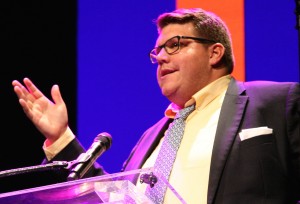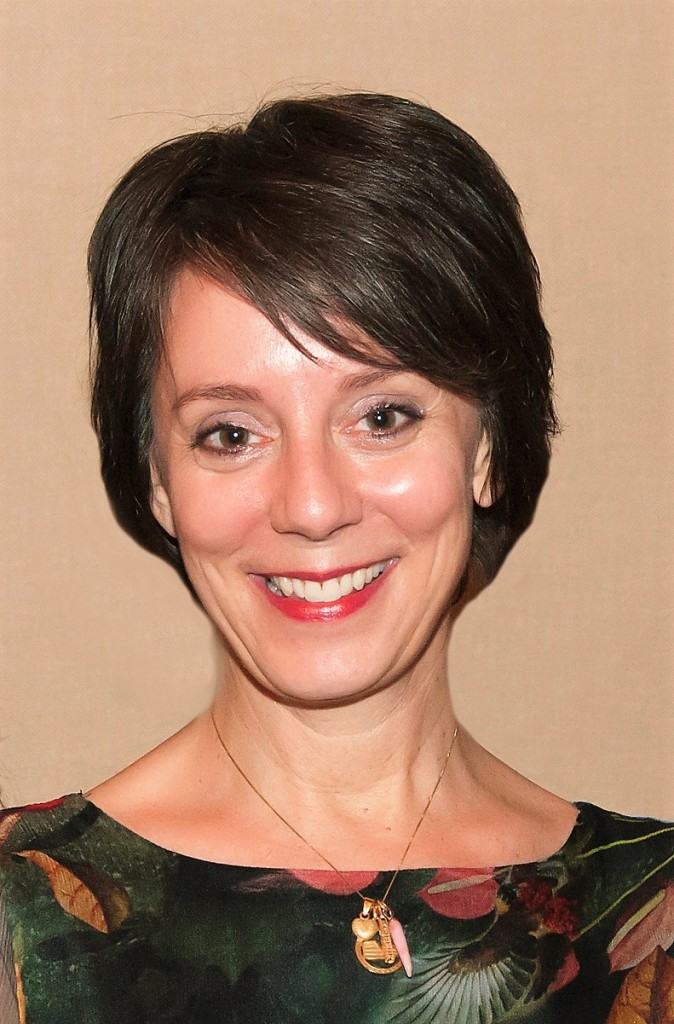
1. What motivated you to begin working with your organization?
I first met the founder of Arts for the Aging, Lolo Sarnoff, in the 1990s, when I was working in arts education administration at the other end of the age spectrum, with college-level students and faculty at the Corcoran School of the Arts and Design. Like so many who knew Lolo, initially I was enchanted by her European charm and extraordinary art collection. It didn’t take long to see that underneath that chic exterior was someone who cared very deeply about the right things. What motivated me to begin working with AFTA was seeing that a path existed for professional artists to, in part, earn a living doing what they love with their art-making, that is, beyond the commercial and often difficult route of exhibiting, performing or selling original works. What cinched it was witnessing an AFTA program. It was a dance workshop led by master AFTA teaching artist Nancy Havlik. I saw a practical and imaginative application for professional artists to use their passion to reach into and make better the lives of marginalized older adults in our communities.
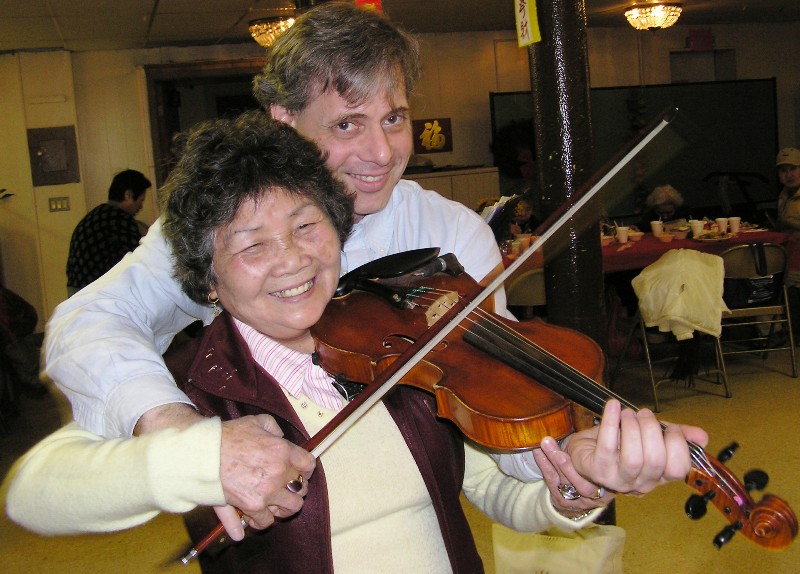
2. What exciting change or innovation is on your mind?
I’m really jazzed that more and more credence is being paid to the field of creative aging both to longtime arts-in-healthcare practitioners like AFTA and those that are just starting out. In the U.S., and beyond, public and private sector partnerships in aging, healthcare and the arts are building more pathways for accessible, affordable and creative arts interventions in caregiving. I have just been invited by Maryland’s Montgomery County Executive, Ike Leggett, to join his Age-Friendly Montgomery Advisory Committee. We’re working hand-in-hand with the World Health Organization and with Health and Human Services to better adapt structures and services to the needs of our aging population. Since 10,000 Baby Boomers a day are turning age 65, it’s imperative. Look out for more Age-Friendly and Dementia-Friendly buzz, and for more thought leadership from AFTA around practices we can adopt and adapt to address creative care-giving for older adults. We’ll be demonstrating one aspect of it this spring during Strathmore Hall’s Arts & the Brain lecture series.
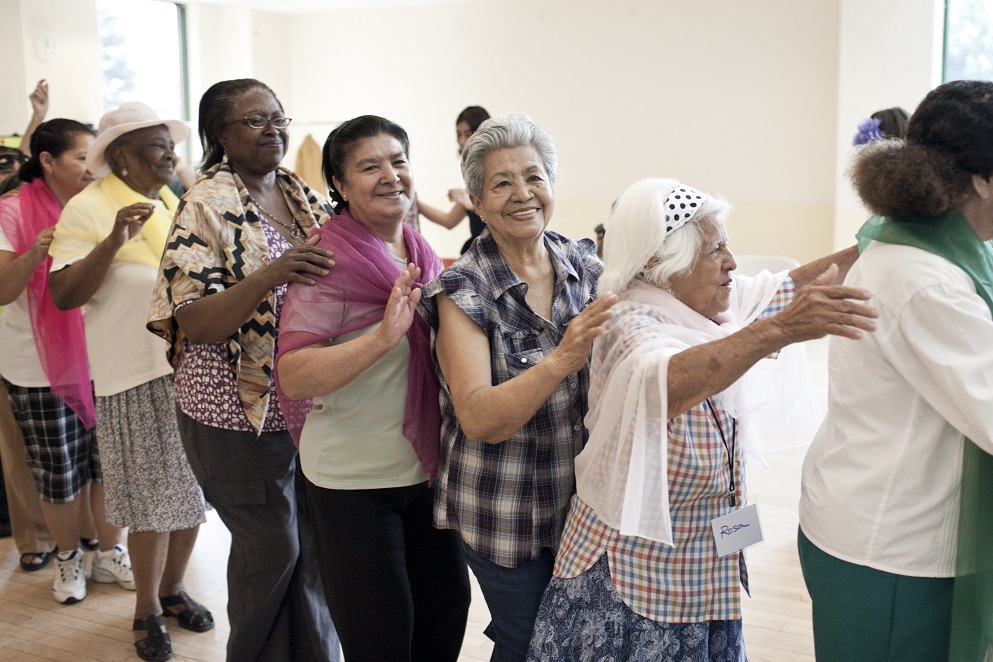
3. Who inspires you (in the philanthropy world or otherwise)? Do you have a hero?
I have so many. One that comes to mind at the moment is celebrated Washington Post sports writer Sally Jenkins, who wrote a moving call to arms around Independence Day last summer. Her piece challenged us to think about how we can keep a sense of freedom and wholeness as we grow into older age, even as our bodies and minds can betray us. And she cited the example of the revolutionary college basketball coach, her dear friend, Pat Summitt, who had just died of early onset Alzheimer’s at age 64. Jenkins said that it’s not liberty when we do not treat people who are “older and ailing…as if they are sentient and sensitive beings, whose life and belongings are still theirs…when they can’t communicate as they used to we lack the imagination to try to find other ways to reach them.” I have to agree. But, there is hope. And artists embody that very imagination we need to turn the tide of negative stereotypes around aging so that we can still celebrate our remaining potential, our assets, what we still can do as we get older.
4. What was your most interesting recent project/partnership?
Recently, we launched a collaboration by expanding a beloved DC museum’s outreach program so that it includes an art-making component and community celebration. Conversations at The Kreeger Museum is for individuals with memory disorders and their caregivers. In a six-week long series, Kreeger docents, teaching musicians from Levine Music, and AFTA teaching artists facilitate art talks, play live music and make art related to masterworks in the museum’s collection. Workshops take place first at the museum, then at the participating senior care center, and culminate with an exhibition and demonstration at the museum that is open to the public (for example, we invite AFTA supporters). It stimulates reflection, reduces stress, and sparks socialization and artful ways for marginalized seniors that AFTA serves, and their caregivers and the public, to be with one another. For example, in the museum’s sublime Monet Room, one participant described that his Arm of the Seine-inspired pastel drawing reminded him of a hill he and his veteran comrades approached during an attack in the Korean War, a part of his history and his story that his caregivers never knew. How touching for us all to witness this moment together and to be able to honor his service to our country.
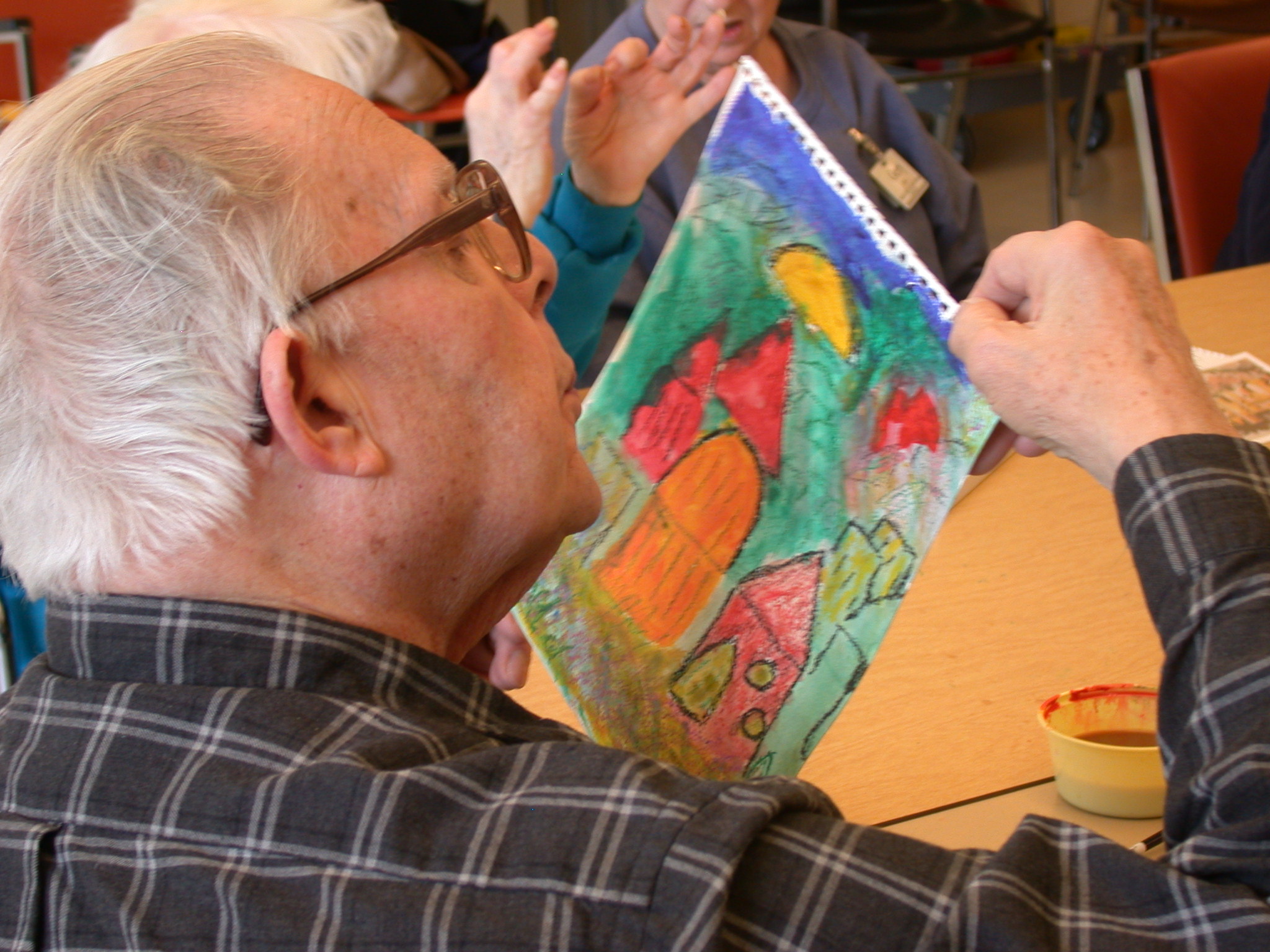
5. What is the single greatest challenge that your organization faces (besides finances) and how are you dealing with this challenge?
Earlier I mentioned that AFTA’s founder was charismatic. In truth, Lolo Sarnoff was a dynamo: a scientist, inventor, artist, philanthropist, and art collector. She passed away just two years ago, at age 98. Our greatest challenge, even 28 years after our inception, is balancing the nostalgia and fondness many hold close for AFTA as Lolo’s organization alongside of our mission and emerging reputation as a nationally recognized and pioneering regional program service model. I know strategic planning may sound kind of nerdy to readers as the answer to dealing with the challenge, but the fact that AFTA is a fully professionalized organization with diverse enthusiasts and defined strategic goals is incredibly important to its success. I’m happy to say that our vision for the coming years is to continue what we do best–delivering top-notch, community-based, participatory arts programs, which are artist-led, multidisciplinary, and designed to enhance the health and quality of life of older adults living with physical and cognitive impairments and accessibility challenges. Meanwhile, we’ll dramatically expand our partnerships, like those in programmatic research, funding, and volunteer engagement, and those partnerships will include more community cohorts, family members, caregivers and intergenerational connections.
6. What advice do you have for other people in your position?
My advice to others in positions like mine is to keep the faith. It’s hard and sometimes really lonely to be a nonprofit executive, especially in smaller organizations. Our founder once told me, and it’s never proven false, when you want to start something, or try something new, remember that it will take you three times as long as you would ever think. Build and work with your board members as closely as you would a good friend. They are an incredible resource and constant source of energy during good times and hard ones.
7. What’s next/coming up for you?
I’ll be writing and (hopefully) publishing more about the AFTA model and the field of creative aging. Look for an article I wrote called “A Person Who Is Becoming”,
which will be published in the international e-journal, Creativity and Human Development under guest editor Dr. Raquel Chapin Stephenson. Separately, AFTA is launching more efforts to secure research funding so we can study the impact of regular arts participation on isolation, loneliness, joy, and depression in older adults. We want to create a rationale for arts programming as a standard model in health care and policy-making. Emerging research already shows that regular arts participation is vital to healthier aging. The National Endowment for the Arts has made fantastic strides gathering and promoting arts-based research showing impact on human development across age spectrums, so there is much more to come.

 Organization Name: DC Bilingual Public Charter School
Organization Name: DC Bilingual Public Charter School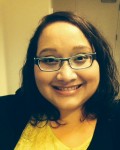 This week, the Catalogue for Philanthropy “7 Questions” series welcomes Rebekah Mason, of
This week, the Catalogue for Philanthropy “7 Questions” series welcomes Rebekah Mason, of 
 We welcome Matt Gerson, Founder and Chairman of
We welcome Matt Gerson, Founder and Chairman of 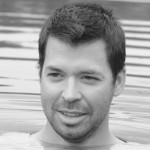 To wrap up Parks and Recreation month in July, we welcome Jeff Kelble, President of
To wrap up Parks and Recreation month in July, we welcome Jeff Kelble, President of 
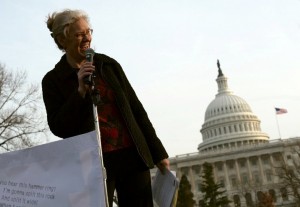 “Poetry will not be denied. Even as I worked myself to the point of burn out, poetry kept calling to me.”
“Poetry will not be denied. Even as I worked myself to the point of burn out, poetry kept calling to me.”
